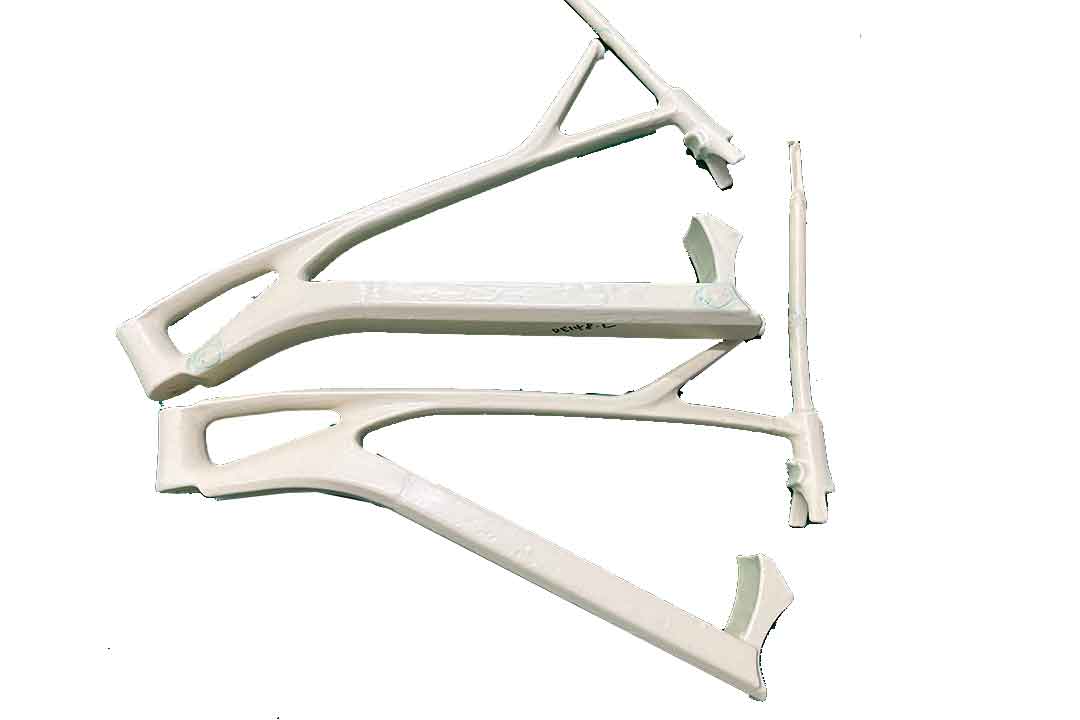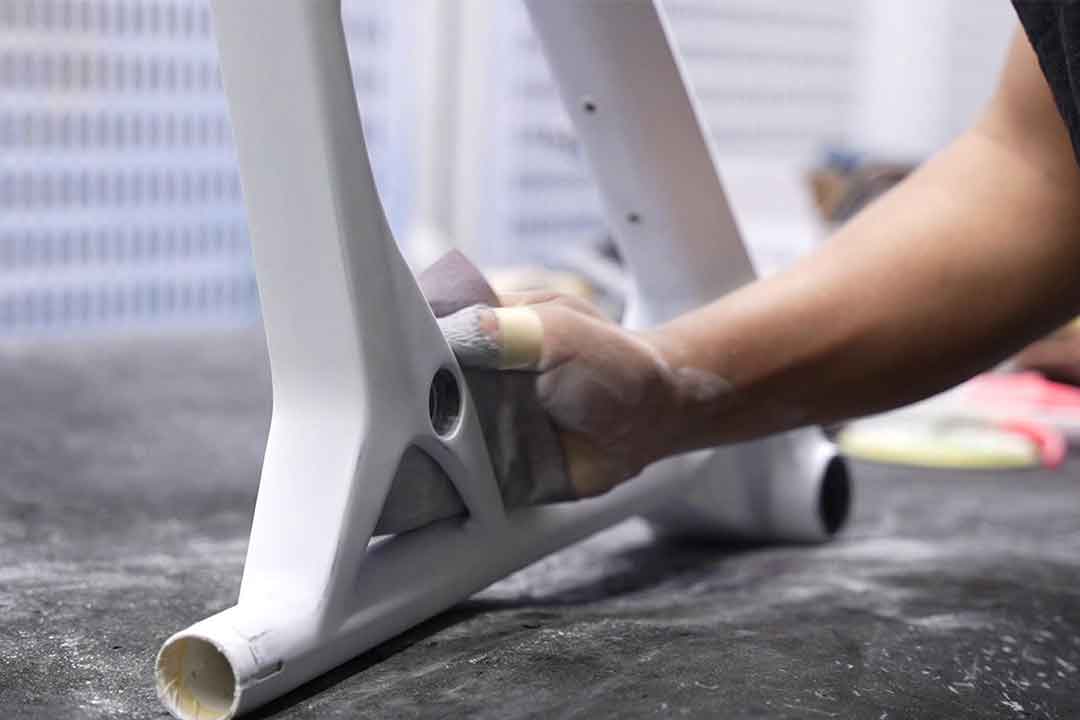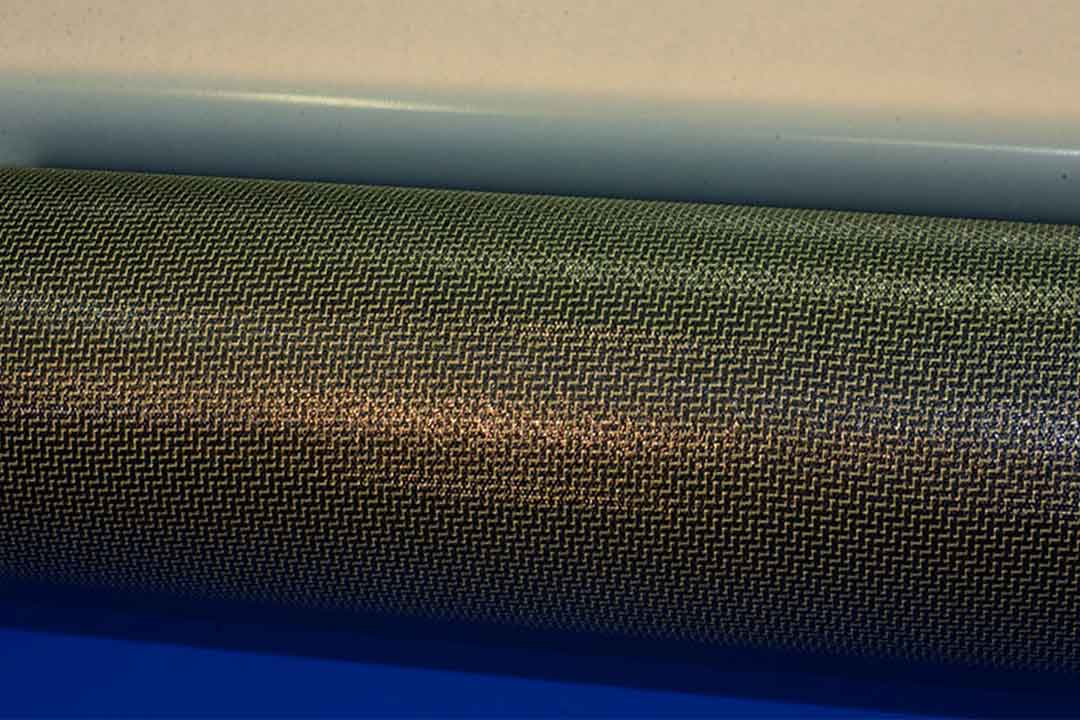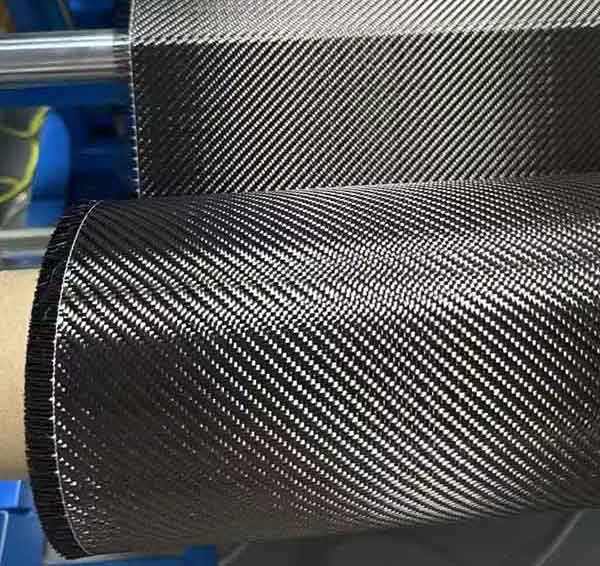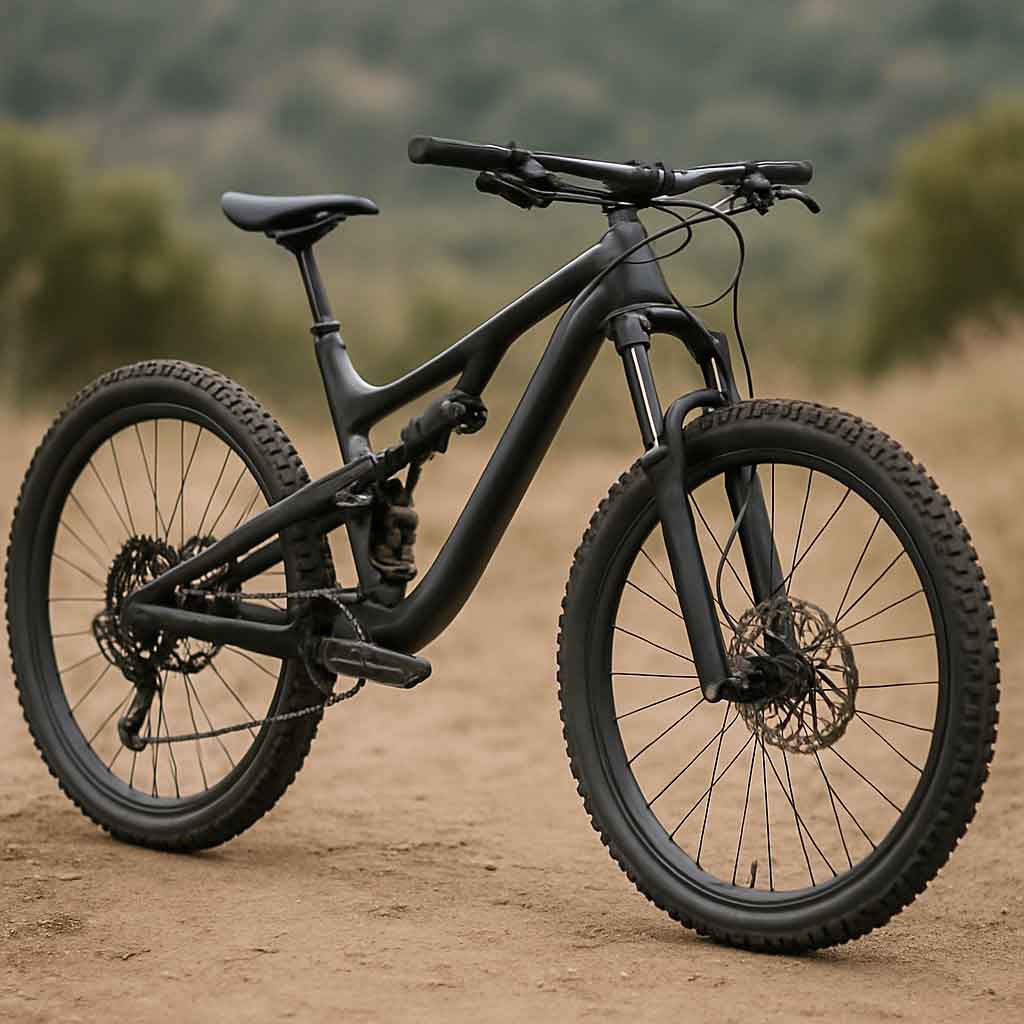Welcome to Mondince Bike - A well-known factory specialized in produce carbon bike frame and other parts since 2007.
Understanding Different Types of Cycling Framesets
When it comes to choosing the right cycling frameset, the options can seem overwhelming. Whether you're looking for a used bicycle frame or a brand-new frameset, understanding the different types available can make all the difference in your cycling experience. In this guide, we'll explore the various types of cycling framesets, their unique characteristics, and how to choose the right one for your needs.
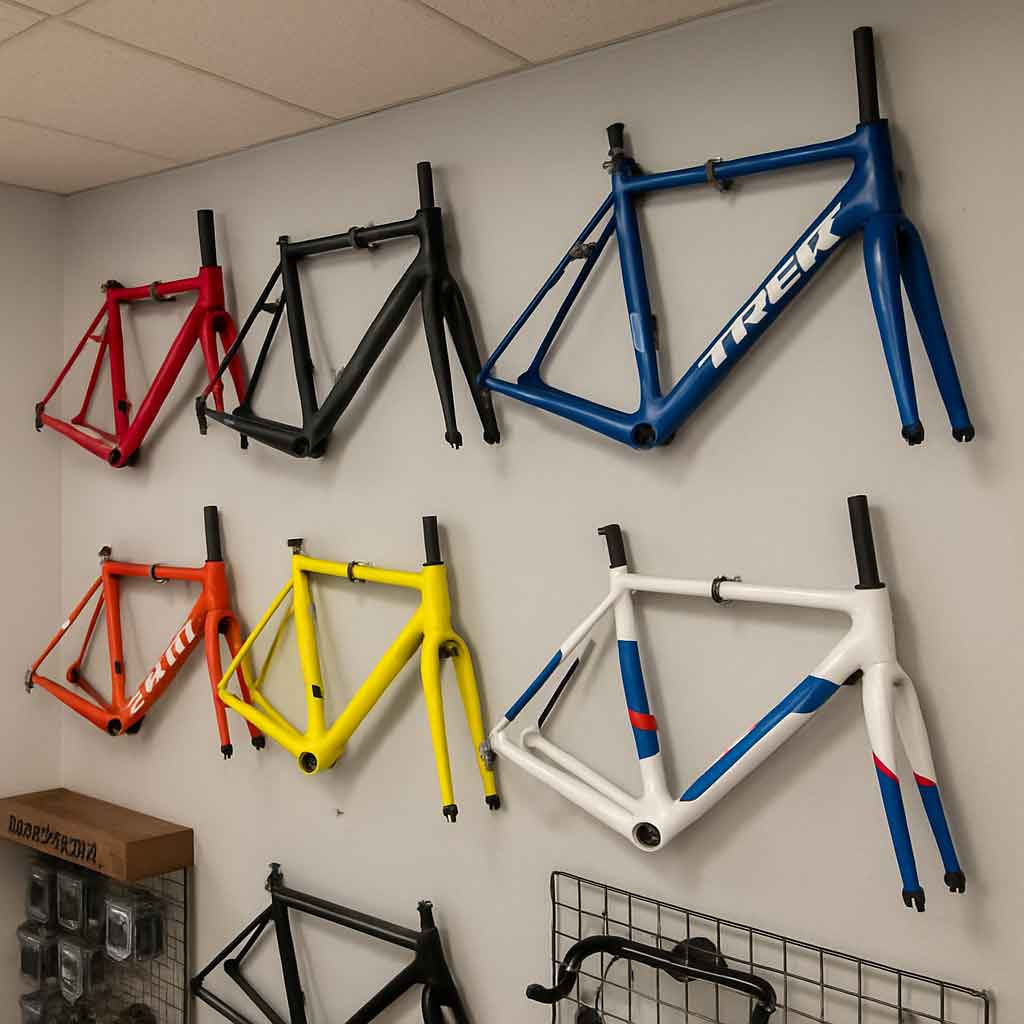
At the heart of every bicycle is its frameset, consisting of the frame and the fork. The frameset is the core structure that determines the ride quality, comfort, and performance of the bicycle. Understanding the components of a frameset and their functions can help cyclists make informed decisions, whether they're shopping for discount bike frames or high-end models.
The Frame: Backbone of the Bicycle
The frame is the main structure to which all other parts are attached. It plays a crucial role in determining the bike's overall weight and stability. Frames come in various shapes and sizes, each designed to cater to different cycling needs. The choice of frame can significantly influence your cycling posture and comfort.
The Fork: Steering and Stability
The fork is the part of the frameset that holds the front wheel and attaches to the frame. It affects the bike's steering and shock absorption capabilities. A well-designed fork can enhance handling and provide a smoother ride, especially on rough terrains. The material and design of the fork should align with the type of cycling you plan to do.
Integration of Frame and Fork
The synergy between the frame and fork is essential for optimal performance. The geometry and materials used in both components should complement each other. This integration ensures that the bike responds well to the rider's inputs and provides a balanced ride. When selecting a frameset, consider how the frame and fork work together to meet your cycling goals.
Materials Matter: Steel, Aluminum, Carbon, and Titanium
The material of the frame significantly affects the bike's performance, durability, and price. Here's a closer look at the common materials used for bike frames:
Steel Bicycle Frames: Durable and Comfortable
Steel frames are renowned for their durability and smooth ride quality. Long-distance cyclists often favor them for their ability to absorb road vibrations, reducing fatigue on extended rides. Despite being heavier than other materials, steel offers an impressive strength-to-weight ratio. If you're looking for a classic feel, consider steel bicycle frames for sale, as they provide longevity and reliability.
Aluminum Frames: Lightweight and Affordable
Aluminum frames are a popular choice for many cyclists due to their lightweight nature and affordability. They offer a stiff ride, which can enhance speed and efficiency, making them ideal for racing. However, the stiffness might compromise comfort on bumpy roads. Shop bike frames made of aluminum if you're after a balance between performance and cost, especially for competitive cycling.
Carbon Fiber Frames: High-Performance and Lightweight
Carbon fiber frames are known for their exceptional lightweight and high-performance characteristics. They effectively absorb vibrations, offering a remarkably smooth ride. However, these frames tend to be more expensive and require careful handling to avoid damage. Ideal for professional racers, carbon fiber frames are a worthy investment for those seeking top-tier performance and aesthetics.
Titanium Frames: The Best of Both Worlds
Titanium frames combine the best aspects of steel and aluminum, offering both lightweight and durability. They provide a comfortable ride and are resistant to corrosion, making them suitable for various weather conditions. Though they come with a higher price tag, titanium frames are a worthwhile investment for serious cyclists looking for longevity and performance without compromising comfort.
Frame Geometry: Comfort vs. Performance
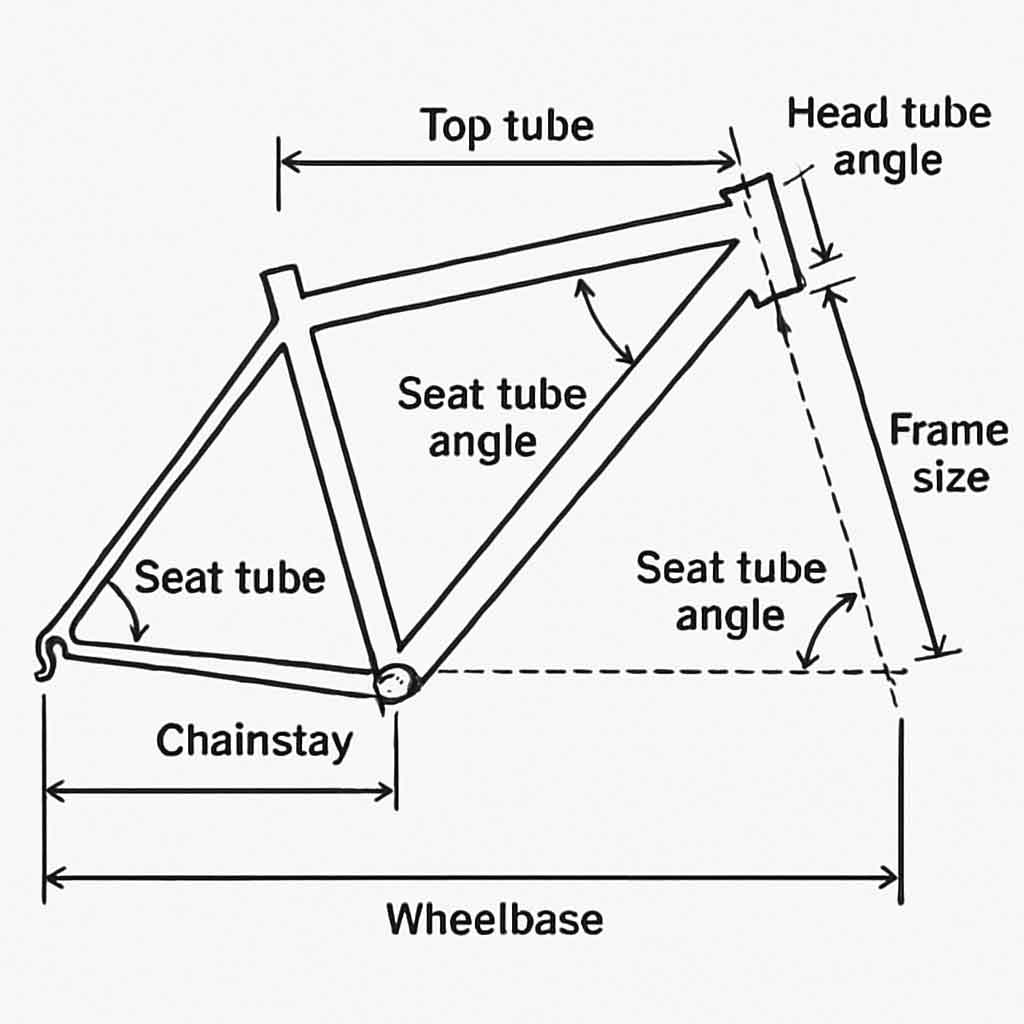
The geometry of a bike frame affects how a bike handles and fits the rider. Here are the main types of geometry you should consider:
Road Bicycle Frames: Designed for Speed
Road bike frames are engineered for speed and efficiency, featuring a more aggressive geometry. This design positions the rider in a forward-leaning stance, optimizing aerodynamics and enhancing speed. Cool road bike frames often fall into this category, attracting competitive riders and enthusiasts who prioritize fast-paced cycling on paved roads.
Mountain Bike Frames: Stability and Control
Mountain bike frames are designed with a relaxed geometry to tackle rough terrains. They provide stability and control, with a higher standover height and a slacker head angle to absorb shocks. These features make mountain bike frames ideal for off-road adventures, offering riders confidence and safety on challenging trails.
Touring Frames: Comfort for Long Distances
Touring frames are crafted for long-distance rides, with a more relaxed geometry that prioritizes comfort and stability. They accommodate loaded panniers, making them perfect for extended journeys. Touring frames ensure that cyclists can enjoy their adventures with minimal discomfort, providing a steady and reliable ride over varying terrains.
Hybrid Frames: Versatile and Practical
Hybrid frames blend road and mountain bike geometries, offering versatility for casual riding and commuting. They cater to riders who require a balance between performance and comfort for everyday use. Hybrid frames are practical for urban environments, providing a comfortable ride with the ability to handle occasional off-road paths.
Choosing the Right Frameset
When selecting a frameset, consider your cycling goals and how different factors like material, geometry, and frame size will meet your needs.
Assessing Your Cycling Needs
Understanding your cycling goals is the first step in choosing the right frameset. Are you aiming for speed, comfort, or versatility? Your riding style, preferred terrain, and frequency of cycling should guide your decision. By clearly defining your needs, you can narrow down the options and find a frameset that aligns with your objectives.
Importance of Frame Size and Fit
Frame size and fit are crucial for comfort and efficiency. A properly fitted frame ensures that you maintain an optimal riding posture, reducing the risk of injury and fatigue. Consider factors such as your height, inseam length, and riding style when selecting a frame size. A professional bike fitting can provide valuable insights into the best fit for your body type.
Balancing Budget and Quality
While high-end frames offer advanced features and materials, it's important to balance your budget with quality. Determine how much you're willing to invest in a frameset, considering the long-term value and performance. Research different brands and models to find a frameset that offers the best quality within your budget, ensuring a satisfying cycling experience.
Buying Used Bicycle Frames: Pros and Cons

by Nuno Alves (https://unsplash.com/@nunoviegasalves)
Purchasing used bicycle frames can be a cost-effective option, but it comes with its own set of challenges. Here are some pros and cons:
Pros: Cost Savings and Environmental Benefits
One of the main advantages of buying used frames is the cost savings. Used frames are generally cheaper than new ones, making them an attractive option for budget-conscious cyclists. Additionally, buying used helps reduce waste and promotes recycling, contributing to environmental sustainability.
Cons: Potential Risks and Limitations
Used frames may have hidden damage or wear that could affect performance and safety. Without a thorough inspection, these issues might go unnoticed until they cause problems. Furthermore, used frames typically do not come with a warranty, so you're assuming the risk for any potential issues, which can be a significant drawback.
Ensuring Quality When Buying Used
To mitigate the risks associated with buying used frames, it's essential to conduct a thorough inspection. Look for signs of wear, cracks, rust, or dents, especially around welds and joints. Verify the frame's history, including its usage and maintenance, to ensure that you're making a wise investment in a reliable piece of cycling equipment.
Tips for Buying Discount and Second-Hand Frames
When shopping for discount bicycle frames or second-hand road bike frames, keep these tips in mind:
Inspect for Damage Thoroughly
Before purchasing, carefully inspect the frame for any signs of damage. Pay special attention to critical areas like welds and joints where stress is often concentrated. Look for cracks, rust, or dents that could compromise the frame's integrity. A meticulous inspection can prevent future issues and ensure a safe ride.
Ensure the Right Fit and Size
Frame size is crucial for comfort and performance, so ensure that the frame you're considering matches your height and riding style. Test ride the bike if possible, or consult sizing charts provided by manufacturers. A well-fitted frame enhances your cycling experience, reducing the risk of discomfort and injury.
Research Brands and Models
Some brands are known for their durability and quality, making them a safer choice when buying second-hand. Conduct thorough research on the brand and model of the frame you're interested in. Read reviews and seek recommendations from experienced cyclists to ensure you're investing in a reputable product.
Ask Detailed Questions
When dealing with sellers, don't hesitate to ask questions about the frame's history. Inquire about its previous usage, maintenance records, and any repairs it may have undergone. Gathering detailed information can help you make an informed decision and avoid potential pitfalls associated with second-hand purchases.
Finding Frames for Sale
With numerous options for bike frames for sale, consider these avenues for purchasing:
Exploring Local Bicycle Shops
Local bicycle shops often have a selection of framesets, including second-hand road bike frames. Visiting these shops allows you to see the frames in person and seek advice from knowledgeable staff. Supporting local businesses also contributes to the cycling community and can provide access to services like fittings and maintenance.
Navigating Online Retailers
Online platforms like eBay and Craigslist offer a wide range of used and cheap bike frames. These sites provide convenience and a broad selection, but require caution to avoid scams. Verify seller ratings, read descriptions carefully, and request additional photos if necessary to ensure a safe and satisfactory purchase.
Visiting Specialty Stores
Some shops specialize in discount bike frames, offering quality options at reduced prices. These stores often carry a curated selection of frames, focusing on brands and models known for their value. Specialty stores can be a great resource for finding unique frames that match your specific needs and preferences.
Conclusion
Selecting the right cycling frameset involves understanding the nuances of materials, geometry, and personal riding needs. Whether you're exploring used bike frames for sale or investing in a high-end model, the key is to choose a frameset that complements your cycling goals and offers the best balance of comfort and performance. With the right frameset, you'll be well on your way to an enjoyable and efficient cycling experience. Remember, a well-chosen frameset not only enhances your ride but also ensures safety and satisfaction on every journey.



